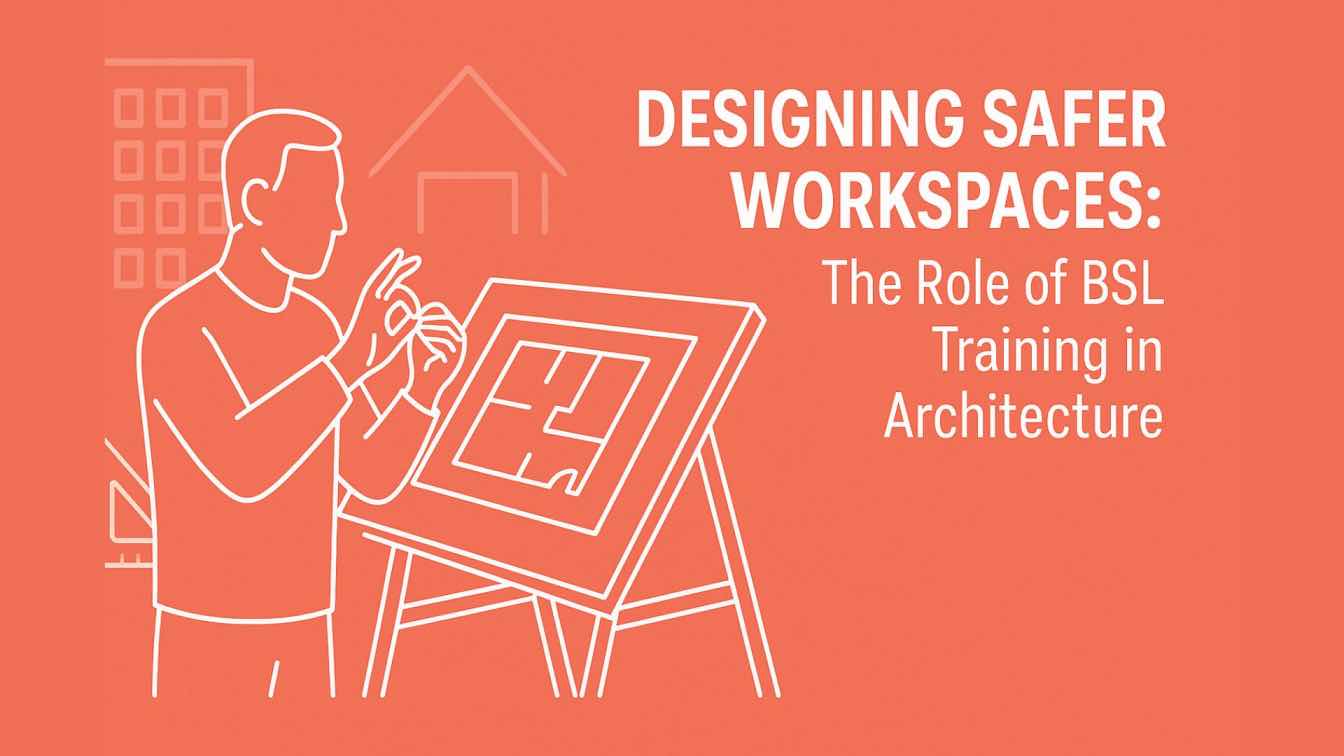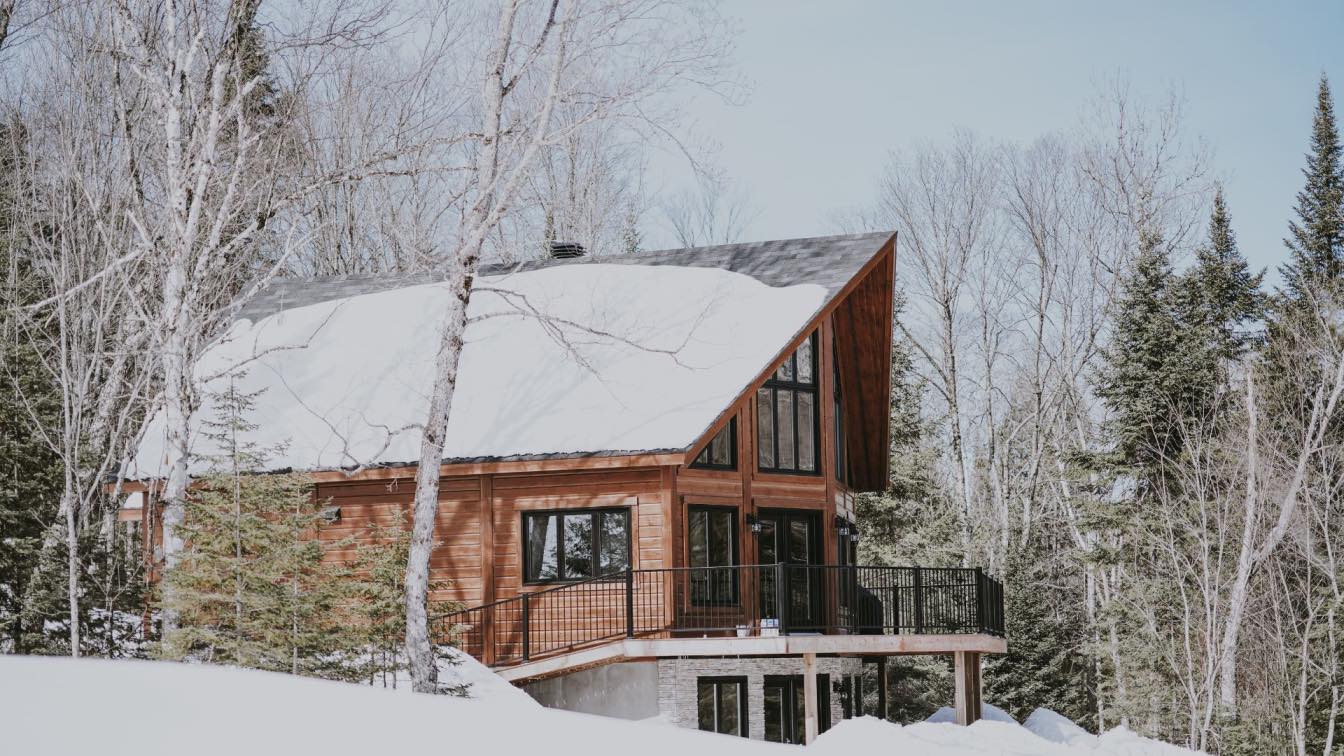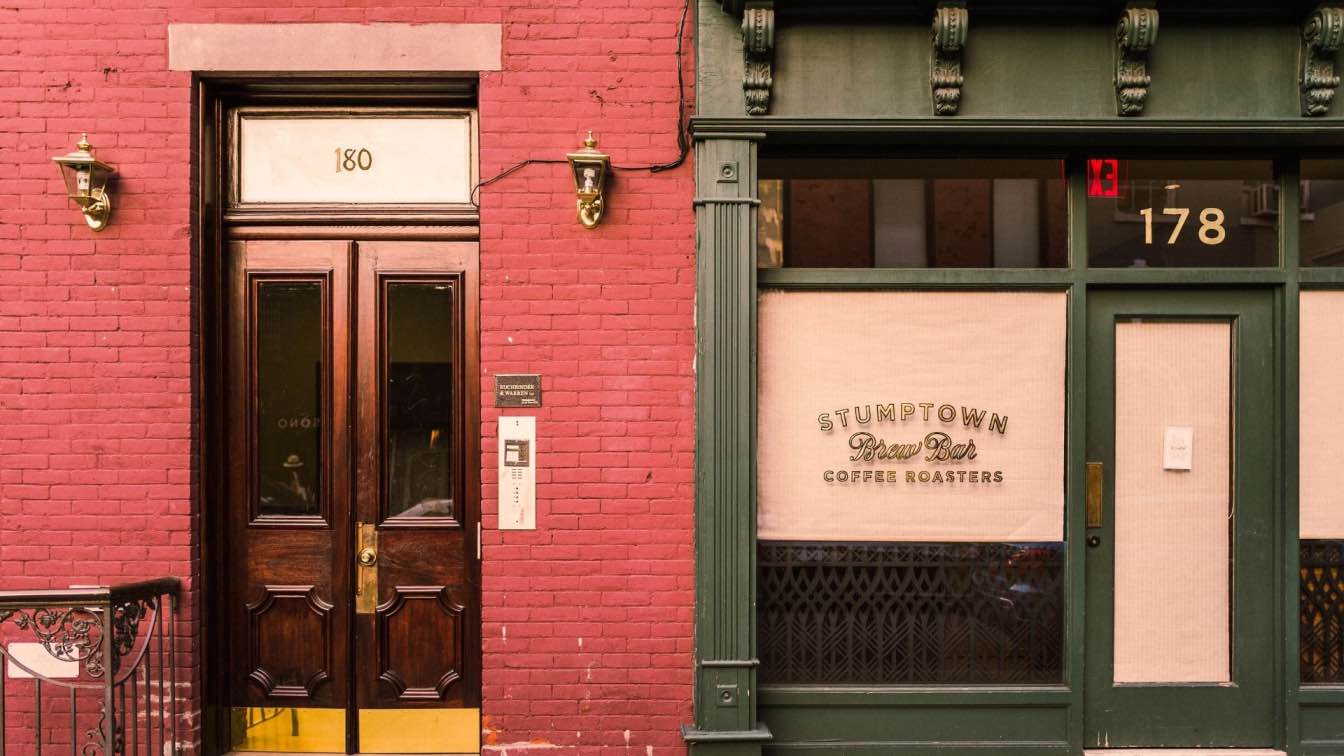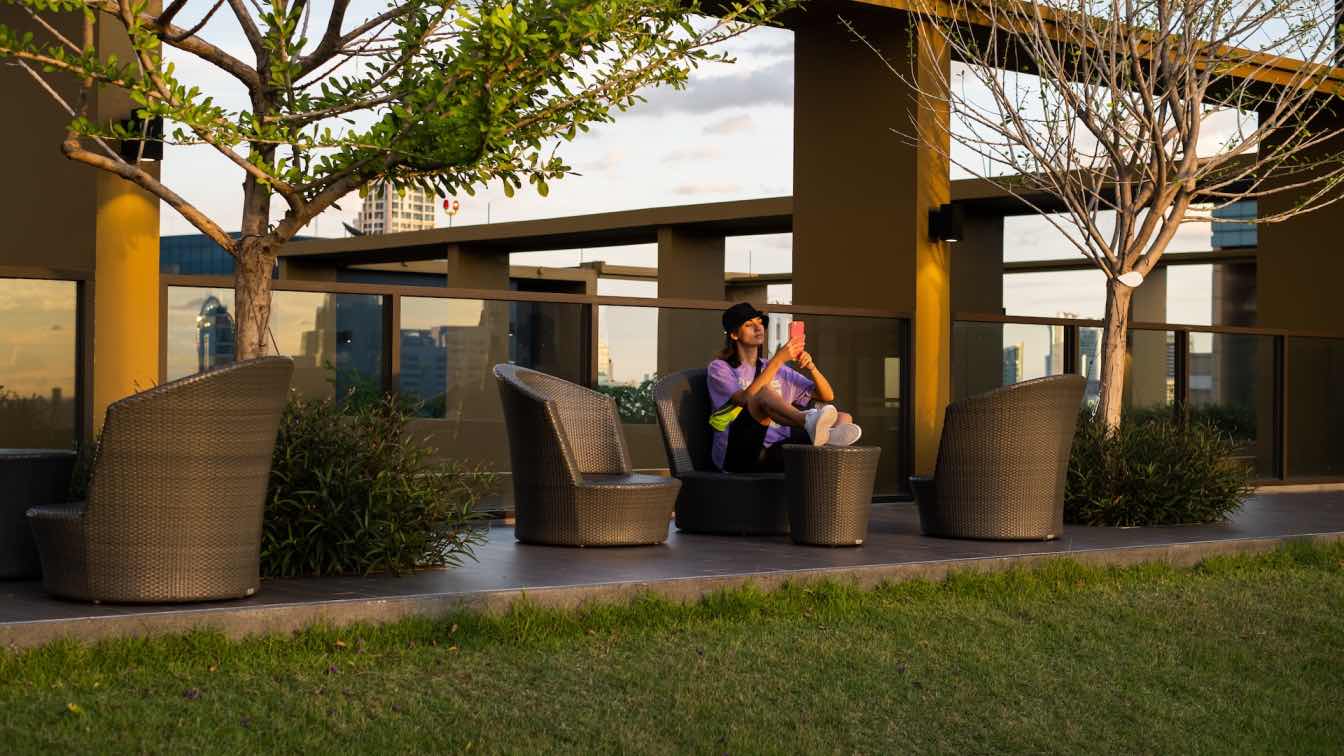When Good Design Saves Lives
You walk into a beautifully crafted office with glass walls, clean lines, and open spaces. Everything screams modern. But then an emergency strikes—someone collapses. The space, once beautiful, now feels confusing and disorienting. Where's the AED? How quickly can emergency responders reach them?
This scenario reveals a truth many overlook: architecture impacts emergency response. A well-designed workspace can mean the difference between panic and rescue, between chaos and survival. That’s where online BSL training in architecture becomes not just helpful, but crucial.
Design with Higher Purpose
Architects shape the way we live, but actually the way we exist. Others may worry about beauty, but where true power lies is in the planning for human needs regardless of circumstances, even catastrophe.
BSL training for architects provides them with the understanding to incorporate life-saving elements within the spaces they design. It's less about compliance—it's about kindness. A secure work environment is not just practical—it's emotionally reassuring, ethically constructed, and possibly life-saving.
What Is BSL Training and Why Architects Require It
Coming in Contact with the Nature of BSL
BSL (Basic Life Support) is a bare minimum standard of emergency response measures which entails:
1. Cardiopulmonary Resuscitation (CPR)
2. Application of an Automated External Defibrillator (AED)
3. Airway management techniques
4. Choking intervention
5. Emergency response planning
These skills are commonly associated with healthcare professionals—but architects? Yes, because the environments they design can either support or sabotage these efforts.
H3: The Relevance of BSL Training in Architecture
How often do architects think about:
1. Whether a stretcher fits through a hallway?
2. If emergency equipment is accessible without a key?
3. How intuitive evacuation routes feel during panic?
BSL training in architecture helps designers consider these realities from day one. It equips them with the mindset to build spaces that assist—not hinder—emergency response.
The Life-Saving Impact of Safe Design
It’s About More Than Regulations
Codes and standards exist—but true safety often depends on real-world usability.
A fire exit blocked by office furniture. An AED locked behind a glass case. Narrow stairwells that trap instead of guide. These aren’t rare oversights—they're the result of design without safety insight.
BSL-trained architects have the firsthand understanding of what emergencies look and feel like, and they design accordingly.
BSL Insights That Influence Architectural Decisions
Here's how BSL knowledge directly informs safer design:
|
BSL-Based Insight |
Architectural Application |
|
CPR requires open floor space |
Design wide aisles, open breakrooms, and spacious lobbies |
|
AEDs need quick visibility and access |
Include AED cabinets in central, open, and well-marked areas |
|
Response time matters |
Reduce cluttered zones; avoid furniture that obstructs emergency flow |
|
Emergency responders need easy access |
Widen doorways and corridors; ensure elevators can fit a stretcher |
|
Panic disrupts clarity |
Clear signage, emergency lighting, and intuitive layouts |
|
Some patients can’t move themselves |
Include ramps, auto doors, and multi-height surfaces for accessibility |
Real-World Example – A Missed Opportunity Turned Lesson
In 2021, a corporate office in London faced tragedy when an employee collapsed in a conference room. Although trained staff were present, the AED was locked in a manager’s office. The precious minutes lost in retrieving it cost the person their life.
Afterward, a safety audit revealed multiple design flaws: narrow passages, no signage, locked safety equipment, and no designated emergency zone.
The company commissioned a new office—this time, designed by a firm with BSL-trained architects. The difference? AEDs in open zones, expanded emergency exits, real-time communication systems, and safe zones every 25 meters.
That’s the real-world power of combining BSL knowledge with architectural vision.
Human-Centered Design: Protecting the People You’ll Never Meet
Design isn’t just for now—it’s for all the unknowns ahead. BSL-trained architects know that:
- Every room could be a rescue site
- Every second in an emergency counts
- Every person entering a building deserves a chance to be safe
This mindset is deeply emotional. You’re designing not just for functionality, but for someone’s mother, father, or child. A well-placed AED, an unobstructed hallway, a lit-up exit sign—these aren’t random features; they’re acts of care.
BSL training in architecture transforms technical professionals into human-first designers.
A Growing Client Demand for Safer Spaces
Clients Want Confidence in Their Buildings
From corporate clients to schools and healthcare facilities, more organizations are prioritizing safety. They want:
- Buildings aligned with emergency best practices
- Compliance with health and safety standards
- Assurance that staff and visitors are protected
Hiring architects with BSL certification gives clients peace of mind—and positions you as a forward-thinking, responsible professional.
Safety Adds Value, Not Just Security
Studies show that workplaces with visible safety features:
- Increase employee satisfaction
- Boost perceived company trustworthiness
- Reduce insurance costs and liabilities
That means BSL training in architecture isn’t just ethical—it’s a market advantage.
How Architects Can Get BSL Certified
Flexible Learning Options
Many programs now offer BSL courses tailored to non-healthcare professionals, including architects, designers, and engineers.
You can choose:
Hands-on training with manikins and live scenarios
Virtual learning modules with optional in-person assessments
Blended models for flexibility and real-world practice
Accreditation Matters
Ensure your BSL certification is provided by:
1. Accredited health training organizations
2. Recognized safety institutions (like the Red Cross, AHA)
3. Programs aligned with OSHA and local regulations
Adding this to your professional profile boosts both credibility and confidence.
The Future of Architecture Includes BSL Awareness
Beyond Buildings—Designing for Emergencies
Modern buildings are smart. They're green. They're efficient. But are they ready for a crisis?
Future-ready architecture:
- Has emergency zones built-in
- Provides AEDs on all floors
- Incorporates real-time alert systems
- Supports evacuations for disabled individuals
- Integrates clear signage and communication flow
BSL-trained architects will lead this shift toward design that’s not only innovative but instinctively safe.
FAQs About BSL Training in Architecture
1. Are architects required to be trained in BSL?
No, but increasingly recommended—especially for firms working on healthcare, school, or public building projects.
2. How many hours does it take to be trained in BSL?
Most courses are 4–6 hours long, with hybrid models even more accessible.
3. Will it impact my design work?
Yes! You will be more informed in planning decisions, such as where to locate AEDs, expanding corridors, and how not to plan dangerous layouts.
4. Can BSL certification be taken online?
Yes. Some providers who are accredited provide online modules with optional hands-on testing.
Final Thoughts – Building Readiness, Not Just Buildings
BSL training for architects isn't about making architects into paramedics—it's about making blueprints into protectors.
Your design decisions affect the lives of hundreds, thousands, perhaps millions. By incorporating safety, you're not designing buildings. You're designing readiness. You're getting the space ready for events nobody wants, but everybody should be able to survive them through.
So if you're designing a school, drafting out a public library, or spearheading skyscraper development, design for the people who are going to call it home, work there, and sometimes fight there.
Because ultimately, true architecture isn't always added up in square feet, but in the lives that it protects.





